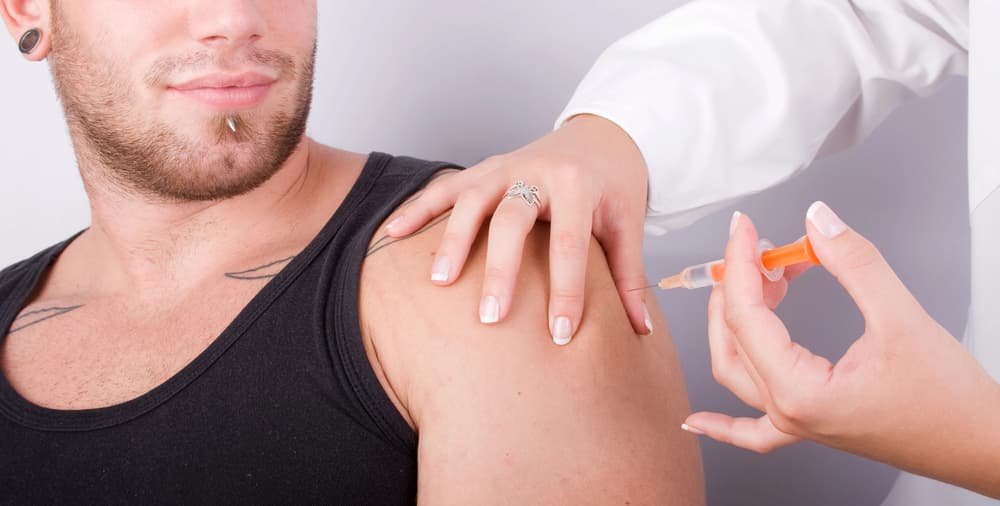Low testosterone, or hypogonadism, affects millions of men and can significantly impact quality of life. From fatigue and low libido to loss of muscle mass and mood changes, the symptoms can be frustrating and confusing. But before starting any treatment—such as Testosterone Replacement Therapy (TRT)—a proper medical diagnosis is essential. Here’s how doctors accurately diagnose low testosterone using a combination of blood tests and a detailed medical history.
Why Accurate Diagnosis Matters
Testosterone naturally fluctuates with age, stress, illness, and sleep. Some symptoms of Low T can also overlap with other conditions like depression, thyroid disorders, or chronic fatigue syndrome. That’s why doctors don’t diagnose based on symptoms alone—lab tests and a full medical history are critical.
Step 1: Evaluating Symptoms and Medical History
Common Symptoms of Low Testosterone
Doctors start by discussing your symptoms. The most common complaints include:
- Low energy or chronic fatigue
- Decreased libido (sex drive)
- Erectile dysfunction
- Depression, anxiety, or irritability
- Poor concentration or brain fog
- Loss of muscle mass
- Increased body fat
- Reduced bone density
- Sleep disturbances
While these symptoms are strong indicators, they’re not diagnostic on their own.
Medical History Review
Your physician will also conduct a comprehensive review of your health history to identify possible causes or risk factors:
- Age: Testosterone levels naturally decline after age 30.
- Medical conditions: Diabetes, obesity, sleep apnea, metabolic syndrome, and pituitary disorders.
- Medications: Opioids, corticosteroids, and chemotherapy can suppress testosterone.
- Injuries or surgeries: Especially those affecting the testicles or brain (pituitary gland).
- Lifestyle factors: Smoking, alcohol use, chronic stress, and poor sleep.
This background helps determine whether Low T is primary (testicular) or secondary (pituitary/hypothalamus), or potentially reversible with lifestyle changes.
Step 2: Blood Tests for Testosterone Levels
When Are Tests Performed?
- Timing is crucial: Testosterone levels are highest in the early morning. Doctors usually order tests between 7:00 a.m. and 10:00 a.m.
- Multiple tests: To confirm a diagnosis, at least two separate blood tests on different mornings are recommended.
What Do Doctors Measure?
- Total Testosterone
- This measures all circulating testosterone in the blood, both bound and unbound.
- Normal range: Usually 300–1000 ng/dL (nanograms per deciliter), though this can vary slightly by lab.
- Low T is generally diagnosed when levels consistently fall below 300 ng/dL.
- Free Testosterone
- About 2% of testosterone is unbound (free) and biologically active.
- If symptoms are present but total testosterone is borderline, measuring free testosterone helps clarify the picture.
- Bioavailable Testosterone
- This includes free testosterone and testosterone weakly bound to albumin—both forms are readily usable by the body.
- This test is sometimes done when further clarity is needed.
Additional Hormonal Tests
If testosterone levels are low, your doctor may investigate further to determine the cause:
- Luteinizing hormone (LH): Helps determine if the problem is in the testes or the pituitary.
- Follicle-stimulating hormone (FSH): Assesses testicular function and sperm production.
- Prolactin: Elevated levels can indicate pituitary tumors or dysfunction.
- Estradiol: Estrogen levels can become imbalanced in men with hormonal issues.
- Sex hormone-binding globulin (SHBG): Affects how much testosterone is free or bioavailable.
- Thyroid panel: Thyroid dysfunction can mimic or contribute to low testosterone symptoms.
Imaging and Further Workup (If Needed)
In certain cases, imaging may be ordered:
- Pituitary MRI: If blood work suggests pituitary dysfunction or if prolactin is high.
- Testicular ultrasound: If testicular damage or masses are suspected.
Diagnosing Low Testosterone: Putting It All Together
A Low T diagnosis is never made based on a single blood test or symptom. Doctors follow a structured approach:
- Evaluate symptoms with a medical and lifestyle history
- Perform at least two early-morning testosterone tests
- Investigate related hormones to identify the root cause
- Rule out other medical conditions
- Discuss treatment options if levels are low and symptoms are impactful
What Happens After a Diagnosis?
If you’re diagnosed with Low T, your doctor will discuss:
- Whether TRT is appropriate
- Risks and benefits of treatment
- Alternative treatments or lifestyle changes
- Monitoring plans (blood work every 3–6 months)
Conclusion
Diagnosing low testosterone is a careful, step-by-step process that goes far beyond symptoms alone. Accurate lab testing, a thorough medical history, and targeted hormone panels are key to identifying the root cause and deciding on the safest and most effective treatment plan. If you suspect you have Low T, consult with a healthcare provider who specializes in hormonal health to get the clarity—and care—you deserve.




